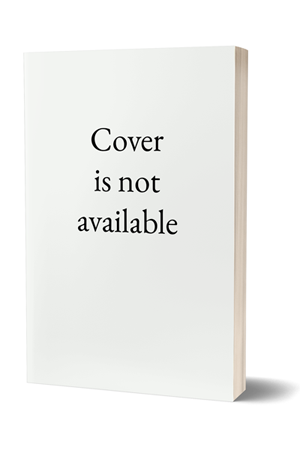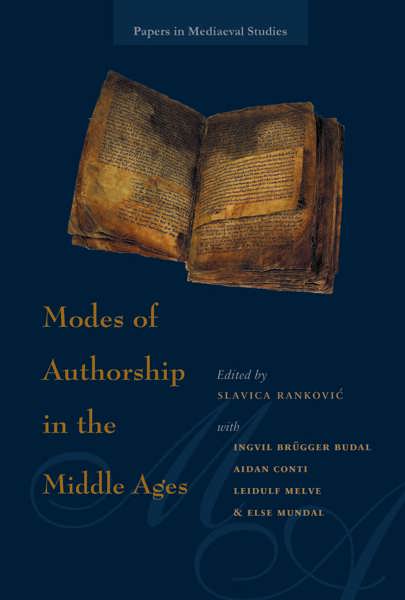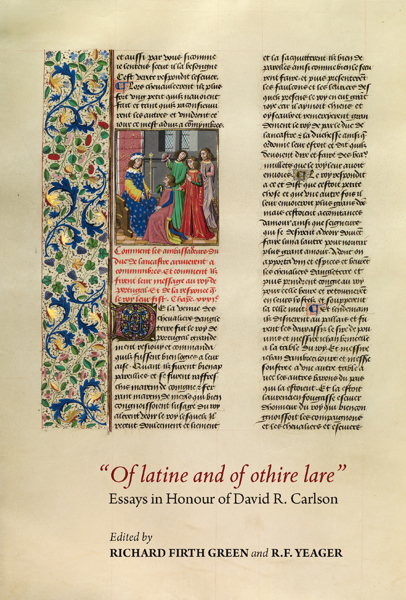
Modes of Authorship in the Middle Ages
Slavica Rankovic (ed)
- Pages: 428 p.
- Size:150 x 230 mm
- Language(s):English
- Publication Year:2012
- € 85,00 EXCL. VAT RETAIL PRICE
- ISBN: 978-0-88844-822-4
- Hardback
- Out of Print
Modes of Authorship in the Middle Ages deserves a warm welcome. The articles, centred on the relationships between individual creativity and communal tradition, illustrate the interplay of the two by ranging broadly across medieval cultures and genres.
The volume opens with three articles that discuss changing conceptualizations of key terms (principally ‘author’ and ‘authorship’) in literary theory. The next seven papers consider the relations between medieval theory and practice in the attitudes towards authorship of specific Latin, German and Italian writers as diverse as Meister Eckhart, William of Malmesbury, John of Salisbury, Lawrence of Durham, the verse of Peter Riga, Ariosto’s Orlando Furioso and late exegesis on the Book of Psalms. These are followed by four papers which apply medieval and modern ideas about distributed authorship to various genres of Old Norse literature, by five which consider the contributions of scribes, redactors, translators and compilers to the making of Old Norse literary manuscripts, and finally by two which approach the idea of authorship in medieval art and in commemorative rune stones.
A striking feature of the collection is the attempt by several contributors to advance the debate by applying ideas and developments in a number of scientific and humanistic disciplines, including neuroscience, evolutionary biology, ‘old’ and ‘new’ philology, and folklore studies. The result is a cross disciplinary approach that will stimulate scholars of literary history, theory, manuscript studies and art history to view notions of agency, originality, and textuality in a new light.
Christopher McDonough, University of Toronto
John McKinnell, Durham University
"(...) This volume is a dense and rich collection of scholarship. (...) Layered authorship or single texts with multiple authors, scribes or compilers as authors, the role of tradition in textual production--these are all issues that have previously been well-established as important for understanding medieval literary culture. But the application of these questions to the variety of new sources and figures represented in this volume has greatly expanded their scope and, in many cases, led to remarkable new insights that point the way forward."
Jay Diehl (Long Island University) in: The Medieval Review 14.10.01
"Le volume présente deux points forts, à savoir l'amplitude contextuelle et méthodologique qu'il couvre. Sur le plan contextuel, la diversification des cadres linguistico-culturels médiévaux (allemand, norvégien, italien) au sein dequels des pratiques auctoriales ont été étudiées favorise notamment une saisie transversale ou synchronique de ces pratiques dans l'espace européen. Notons également que l'attention portée à la littérature nordique médiévale (section III), domaine de recherche peu développé hors des pays scandinaves, constitue sans doute l'un des principaux apports du volume. Sur le plan méthodologique, la variété des modèles d'explication de l'auctorialité constitue le second point fort du volume." (Margherita Romengo, dans: Le Moyen Français 75, 2014, p. 153-155)



